Sometimes when I work I get too used to doing things a certain way. When I notice this happening I usually pick that time to try something a bit different. So recently I started sculpting a drawing that I had just “finished”…which really means gotten to a point where it was as done as it needed to be for what it is.
I decided early that I didn’t want to replicate the drawing line for line , for two reasons. 1) Whenever I try to replicate a piece it deprives it of some of its energy so instead I let it wander a bit if it wants to, and… 2) replicating the piece line for line would be hard.
I’m not afraid of doing hard work or working long hours on something but for this, because its my first attempt at a finished sculpted piece, I didn’t want it to become a labor of replication rather than creation. It’s basically the same reason that I and many artists use reference as a loose guide rather than dig into hyper-realism. I love to look at hyper-realism and there are times when I’ll incorporate passages of realism in a piece, but I’m too enamored of organic exploration to go fully photo realistic. I have done it as an exercise/study in the past though.
So for this piece I built it as a low relief at first then decided that the arm needed to project outward. I plan on mounting the piece to a board sealing it with primer then adding modeling paste/gesso and paint to it. I’ll likely take the piece to fully white, light it and shoot a reference photo for a traditional painting as well.
So the process will go as follows:
- Drawing
- Sculpture
- Photo
- Painting
This isn’t too far from what many classical artists would do for their incredible portraits of the past. I remember reading that some would start with sketches from a live sitting, sculpt a bust that was very representational of the likeness and use the bust to inform the painting when the subject couldn’t return to sit. It would also serve to familiarize the artist with the specifics of their subjects anatomy.
You can study general anatomy but I feel the real value of the study isn’t the memorization of bone and muscles but the magnification of the artist’s ability to truly observe nuances. So when I go through this process the hope is that at each stage the piece will develop its own anatomical language thing and though it starts entirely fictional by the end there are elements of realism discovered/invented during its process and aggregating in its finish.
Sometimes I’ll do a digital sculpt to inform the traditional execution… a premaquette maquette so to speak. Thats usually done with zbrush and thats a bit of a different beast in execution but the results are similar in the end. With Zbrush you can disregard gravity and certain elements of traditional construction…such as no need for an armature.
In regards to my actual physical sculpting process…well I haven’t done enough of that yet to give a meaningful description…it’s still developing. And that, in the end is the point of all this. To find different ways to encourage development, different angles of attack and sometimes a different point of view in the visual expression.


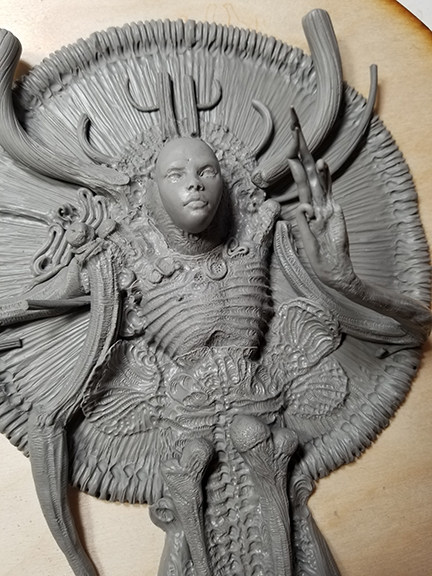
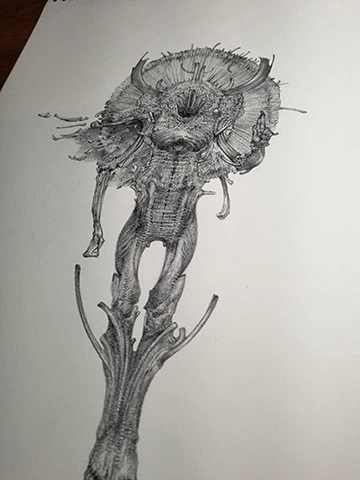
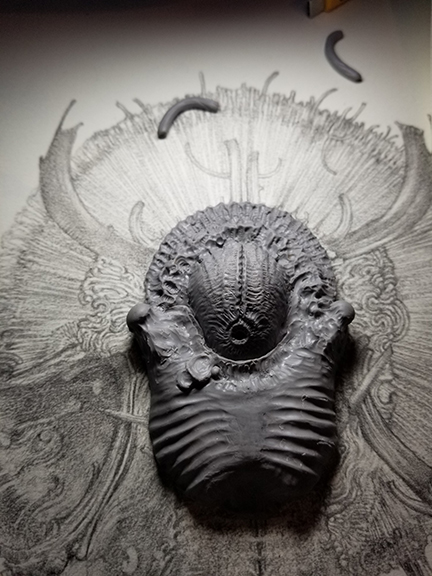

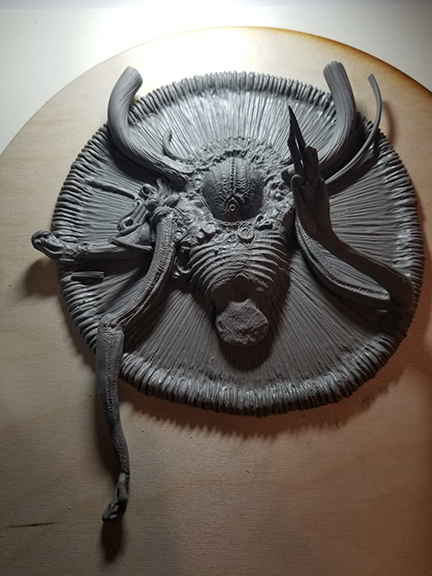
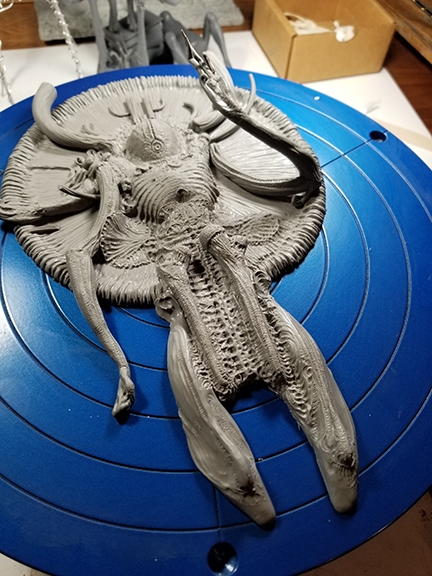
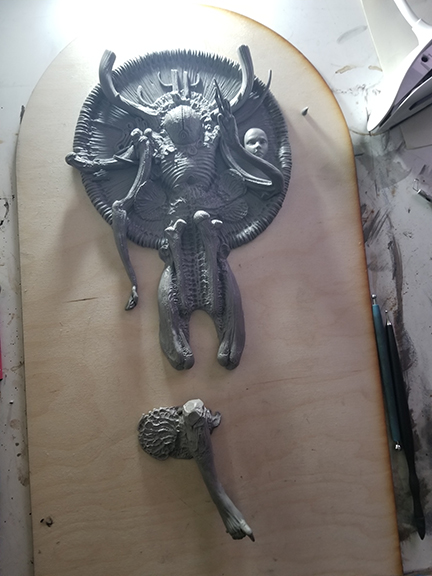
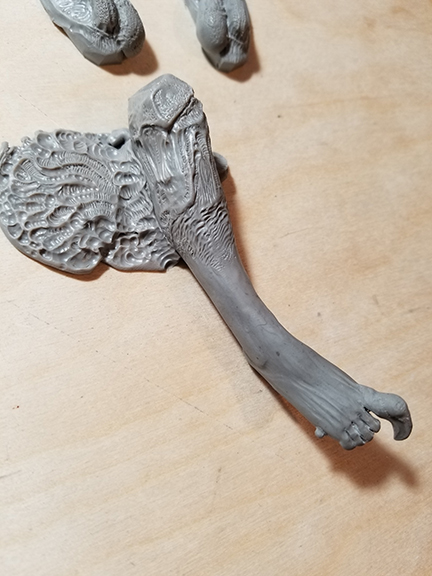
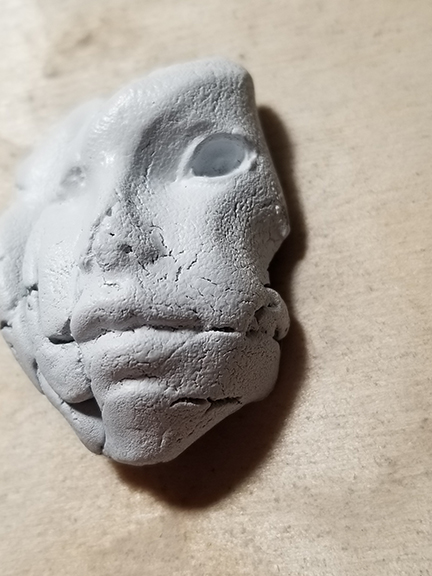
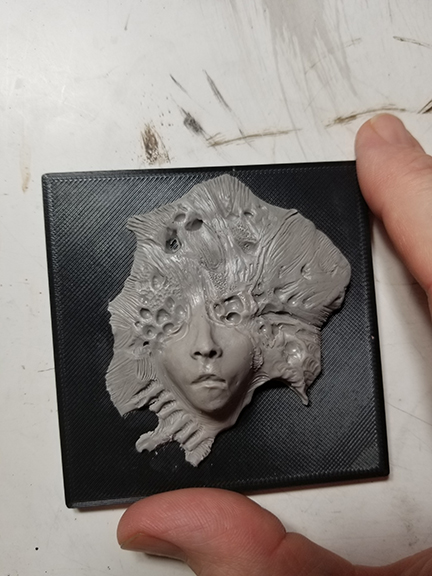
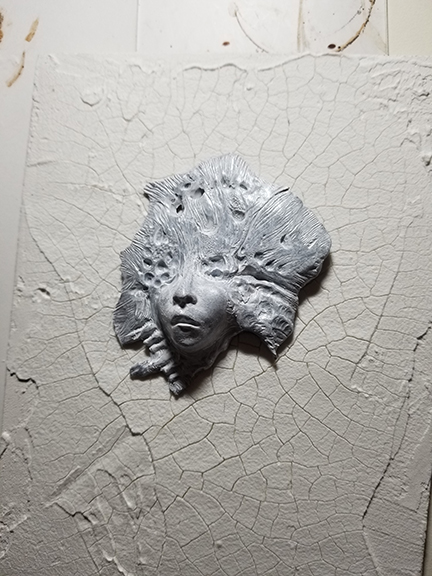
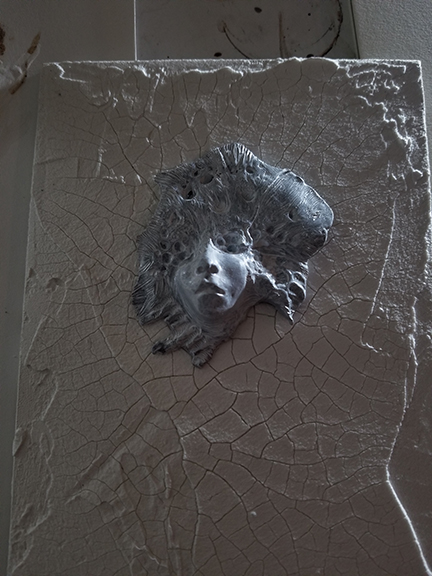
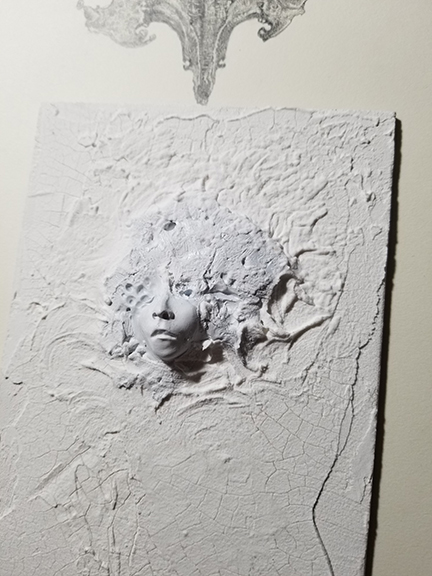
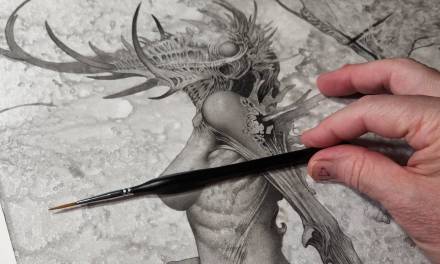
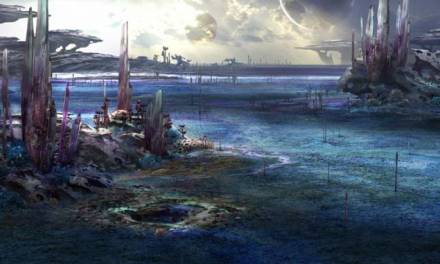
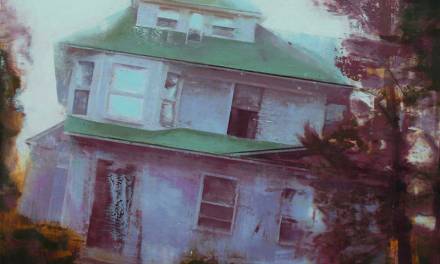
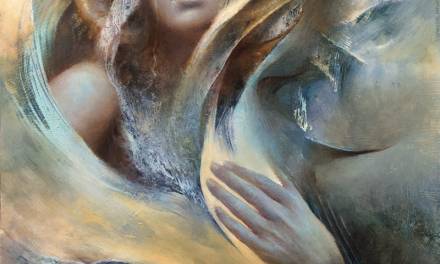

Wonderful piece, lovely application. Thank you for sharing, I hope you’ll update us when it’s finished.
Thank you so much Sarah. I appreciate it and will update you. 🙂
Incredible! While the first sculpt is the cherry in this article, I especially like the second one – in regards to how you are treating the cracked background and its texture. Phenomenal work!
Thanks for sharing this with us!
Thanks so much!
That’s amazing! I would love to know more about your sculpting process…
Thank you very much for sharing!
As I do more sculpting I will definitely have a process at some point. Right now I don’t do anything the same way twice. But when I do I will make a post about it!